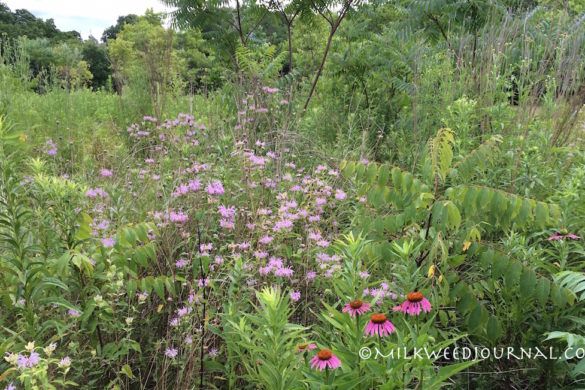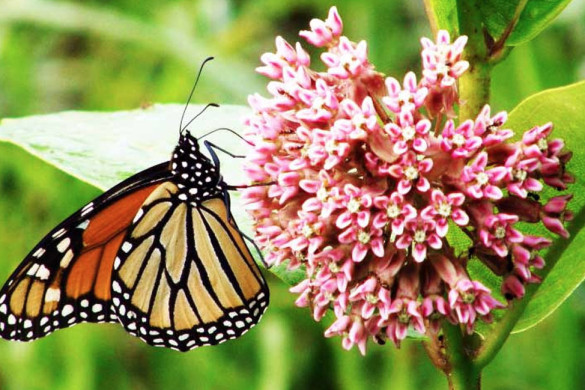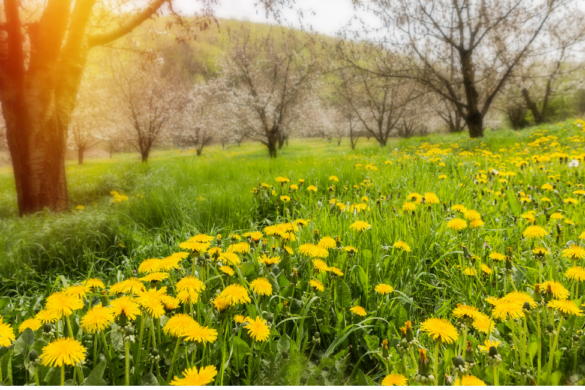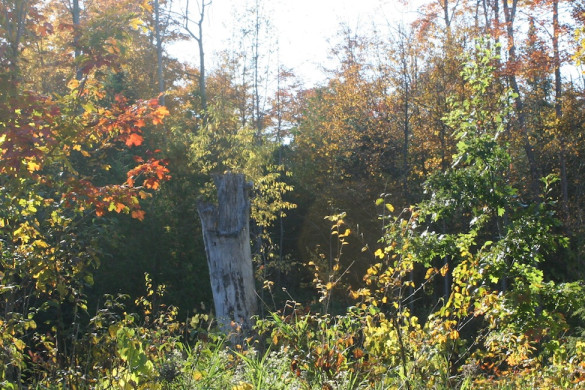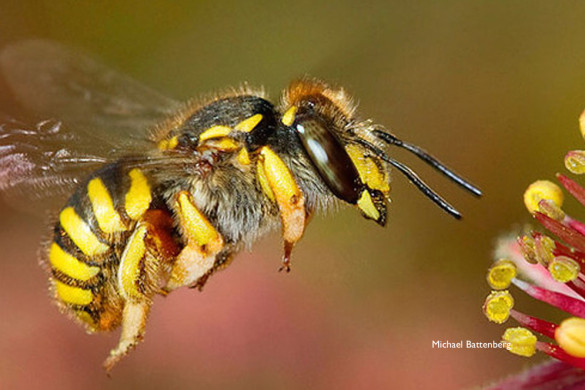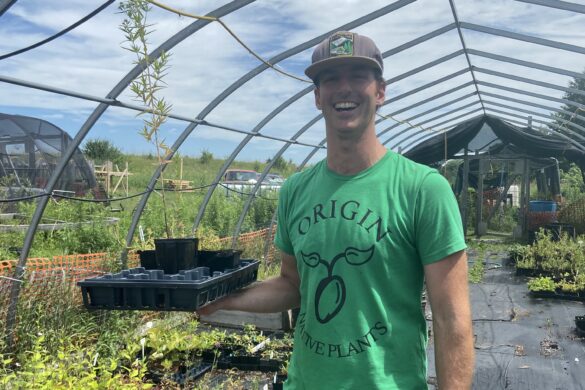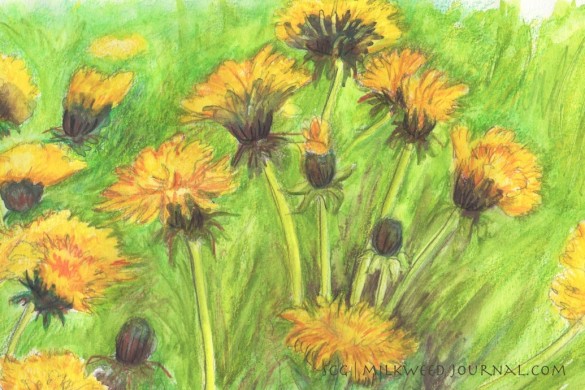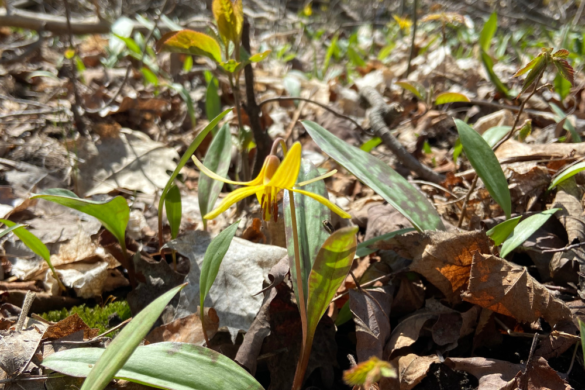This harvest season, let’s give thanks for the bees that help put pumpkin, squash, zucchini and colourful gourds on our tables.
The native pollinator Peponapis pruinosa, commonly known as the squash bee, makes this bounty possible, says Susan Willis Chan, a pollination biologist who fell in love with these bees 25 years ago as a student at the University of Guelph.
Squash and the squash bee have a symbiotic relationship: they originated in Mexico and, as squash cultivation by indigenous peoples spread across the continent, the bees came too. Pollen from these crops is rather large, spiny and sticky compared to other types of pollen – beloved by squash bees but not so much by other bees like the honey bee and bumble bees, which seem to dislike it so much they will try to scrub it off their bodies, Willis Chan says. (Incidentally, squash bees also love milkweed flowers for their nectar.)
Willis Chan spent last summer visiting 20 farms in Ontario for her PhD research on the effects of agricultural practices – from neonicotinoids to tillage – on these bees. It is the first year of a three-year squash bee project funded by the Ontario Ministry of Agriculture, Food and Rural Affairs and the Ontario Fresh Vegetable Growers Association. The goal is to give farmers the information they need to protect these important pollinators.
At Strom’s Farm near Guelph early one morning in August, Willis Chan worked her way through the pumpkin patch, collecting nectar from squash flowers, sampling soil and capturing a few bees too, for testing to determine exposure to more than 200 pesticide residues.
“I’m looking at plants, pollinators and especially squash bees and how they interact because it’s a system,” she says. “There are just so many things we don’t know.”
Results are not in yet, but will include a province-wide snapshot of the routes of insecticide exposure (soil, nectar, pollen) that are of greatest concern as well as an evaluation of pollinator populations on squash and pumpkin farms across Ontario.
Squash bees are easy to identify with their fuzzy golden-orange thorax and flattened abdomen with black and grey stripes. They’re gentle creatures – only the females have stingers and they don’t pack much of a punch. The males are smaller, move more quickly, have a white dot on their face just above the mandibles and don’t have hairy back legs like the females.
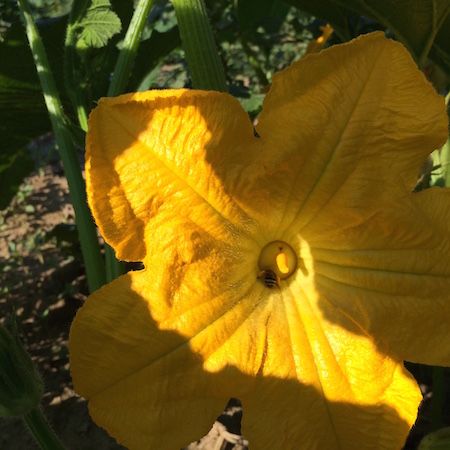
A squash bee crawls deep into a pumpkin blossom in its quest for pollen and nectar.
While male bees sleep in the wilted squash blossoms during the afternoon and night – safe from dragonflies, birds and other predators, the females return to their nests in the ground, where they spend the afternoon excavating new nest cells.
Strom’s has been growing pumpkins for 30 years and has a strong population of squash bees, Willis Chan says, with most of the bees nesting in an area of lawn a short distance from the pumpkin patch. She’s been visiting Strom’s for 25 years studying these bees during the July and August pollination season.
For the most part, the farm system suits squash bees, as most farmers till less than six inches into the ground and don’t till these vine crops when the bees are active. Farmers, and gardeners, can help keep squash bee populations healthy by not spraying pesticides when bees are active, and leaving their nests in the ground undisturbed: if you find a nesting area, mark it and protect it, don’t till it – plant lawn and keep it cut.
Willis Chan manages the Native Pollinator Program for Farms at Work, a non-profit regional project working for healthy and active farms in central Ontario, and is the author of A Landowner’s Guide to Pollination and Pollinators in Ontario. To order a copy, contact [email protected].
© 2016, Milkweed Journal. All rights reserved. This article is the property of Milkweed Journal. If you would like to use a short excerpt, please provide credit to Milkweed Journal and include a link back to the original post on our site or use the social sharing tools available along the side. Please email us at [email protected] if you have any questions. Thank you!



